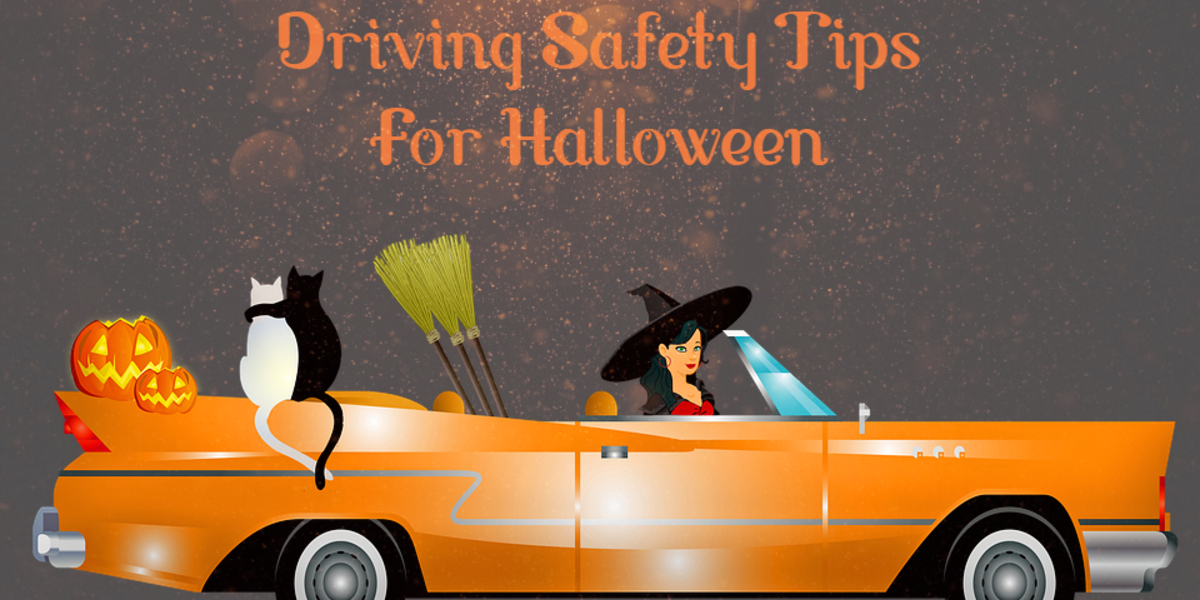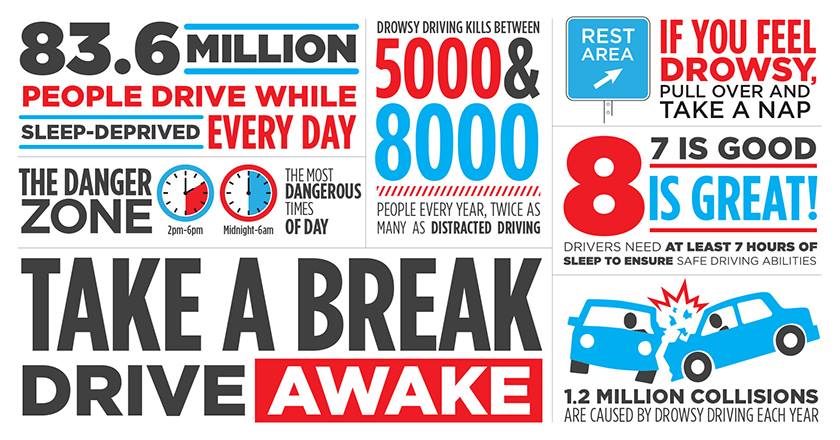To help everyone bring home treats — not tragedies — follow these tips for a safe Halloween:
-
Focus on your driving. A single distraction could lead to a tragedy.
-
Stay well below the posted speed limit.
-
Pay attention to what’s happening on sidewalks and roadways. Watch for children darting across streets, especially between parked cars.
-
Be extra alert when pulling in and out of driveways.
-
Do not assume children can see you or are paying attention. You need to take that responsibility.
-
Drivers should also check that all lights on their vehicle are working properly.
-
Do not pass other vehicles that have stopped in the roadway. They may be dropping off children.
-
If you’re driving a group of children but staying in the running vehicle at the curb, turn on your hazard lights to alert other motorists.
-
If you’re driving to a Halloween party, put your mask on after you park the car.
Parents can help motorists, too:
-
Make sure drivers can see the children. Give them flashlights and glow sticks, and dress kids in bright, reflective clothing or use reflective tape on their costumes.
-
Use makeup rather than masks, so children have a clear, unobstructed view of their surroundings.
-
Be sure children know how to cross a street — look left, right, and left again before crossing.
-
Instruct children to stay on sidewalks and to cross only at corners or crosswalks.
-
Accompany your children as they trick-or-treat.
Safely Getting In or Out of a Commercial Motor Vehicle
Now is a good time to remind drivers to follow the Three-Point Rule when getting in and out of their trucks. During the winter months, footing conditions are often compromised, and the chance of slipping or falling increases.
The Three-Point Rule simply means keeping three of your four contact points (hands and feet) secured at all times to prevent slips and falls.
For example, when exiting a truck:
-
Keep one hand on the cab handle,
-
One hand on the interior door handle, and
-
One foot on a step while the other foot is in transition.
By doing this, you always maintain three points of contact.
November 2–8: Drowsy Driving Prevention Week
The National Sleep Foundation has launched Drowsy Driving Prevention Week — an educational campaign designed to save lives by raising awareness of the dangers of driving while sleepy.
The National Highway Traffic Safety Administration (NHTSA) estimates that drowsy driving causes at least 100,000 police-reported crashes and kills more than 1,550 Americans each year.
It’s worth noting that while all states have laws to enforce drunk driving, few have laws that address drowsy driving. Only the state of New Jersey explicitly defines drowsy driving as recklessness under a vehicular homicide statute. Known as Maggie’s Law, New Jersey’s drowsy driving law has raised awareness of the consequences of fatigue behind the wheel and has inspired legislative action in other states. There are now at least eight states with twelve pending bills addressing fatigued driving in various ways.
For more information on Drowsy Driving Prevention Week, visit www.drowsydriving.org.
What You Can Do to Stay Alert While Driving
-
Sleep / Take naps: Your best bet is to get enough sleep every day. If you must stay up late, afternoon naps are a great way to recover. If you feel drowsy while driving, pull over safely and take a 15-minute nap.
-
Caffeine: Avoid caffeine during the last half of your workday, as it may interfere with sleep. While caffeine can help with short-term alertness, it typically takes 30 minutes to take effect and wears off after a few hours.
-
Regular stops: Stop every 100 miles or every two hours. Switch drivers if possible.
-
AC MAX / Recirculation: Avoid operating the vehicle for extended periods with the AC on MAX or Recirculation mode. This can increase CO₂ levels in the vehicle and contribute to drowsiness.
-
Avoid alcohol: Never drive after drinking. In addition to being illegal, alcohol makes you sleepy and intensifies fatigue.
If you are planning a long trip, AAA recommends the following tips:
-
Get a good night’s sleep before your trip. Drive during the hours you’re normally awake and plan overnight stays rather than traveling straight through.
-
Avoid driving during your body’s “down time,” typically mid-afternoon and between midnight and 6:00 a.m.
-
If you have passengers, engage with them to stay alert — they can also help watch for signs of sleepiness.
-
Schedule a break every two hours or every 100 miles. Take a nap, stretch, or get some light exercise before resuming your trip.
-
Stop immediately if you notice any signs of drowsiness.
“Tricks” That Do Not Work:
Opening the window, turning on the air conditioning, or playing loud music are not effective in keeping drivers alert for any extended period.
Time to “Fall Back” — Daylight Savings Time Change Next Week
Daylight Savings Time will “fall back” at 2:00 a.m. on Sunday, November 2nd.
Make sure all drivers are aware of the time change. Remind route drivers especially that the amount of daylight will shift with the change, and intersections
or streets may look different due to the sun’s position. Even a one-hour difference can create new visibility challenges for drivers.
Did You Know There’s a Federal Regulation About Passengers in Commercial Motor Vehicles?
Unauthorized Passengers – CFR 392.60
Unauthorized persons not to be transported:
Unless specifically authorized in writing by the motor carrier under whose authority the commercial motor vehicle is being operated, no driver shall transport or permit any person to be transported in a commercial motor vehicle other than a bus.
When such authorization is issued, it must include:
-
The name of the person being transported,
-
The points where transportation will begin and end, and
-
The expiration date of the authorization.
No written authorization is required for:
-
Employees or other persons assigned to a commercial motor vehicle by the motor carrier.
-
Any person transported while aid is being rendered in case of an accident or other emergency.










